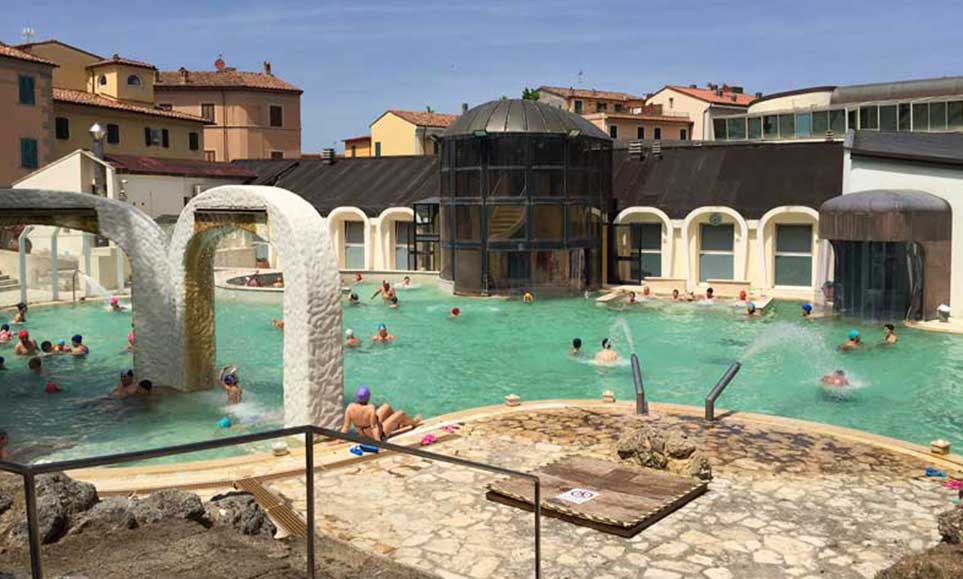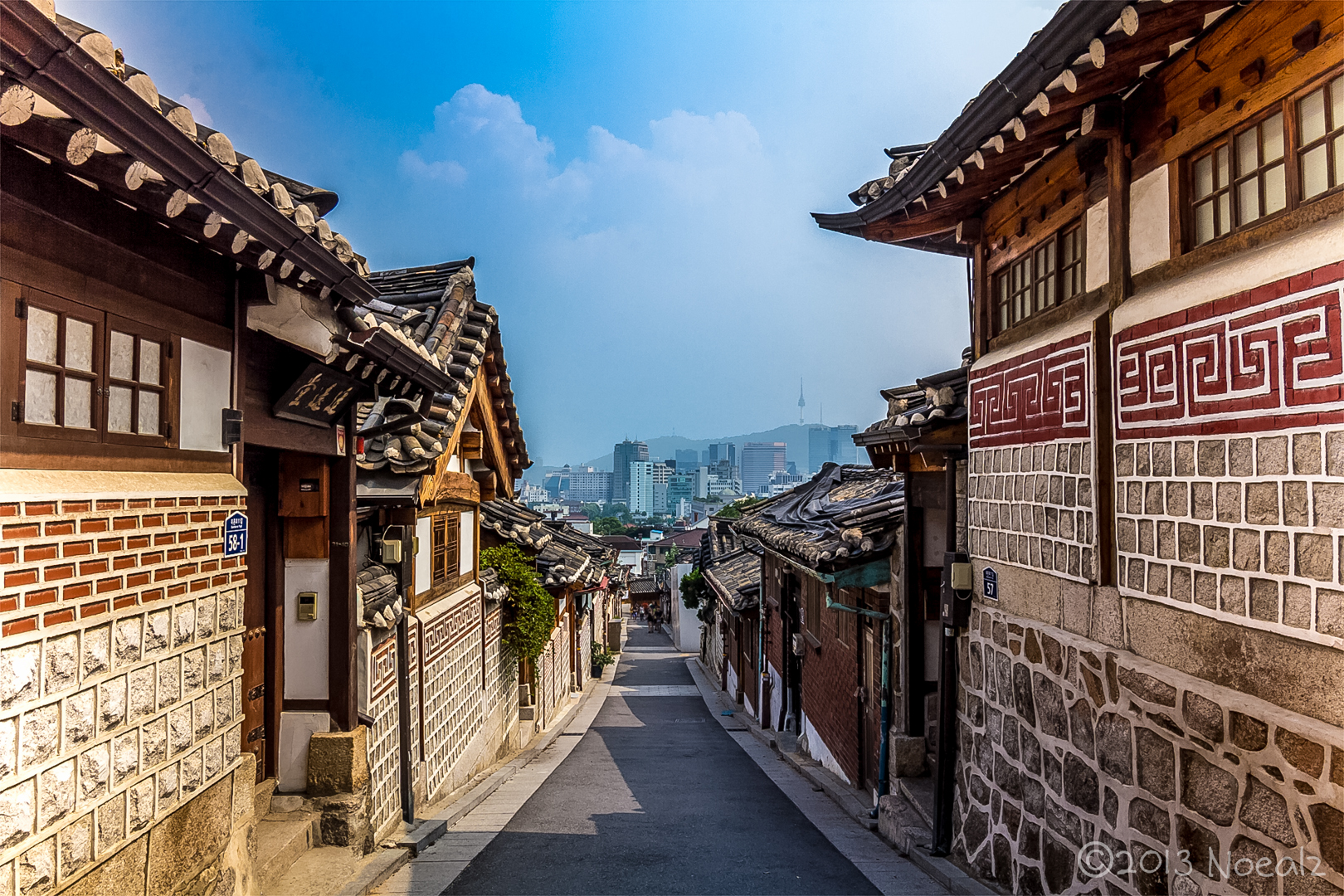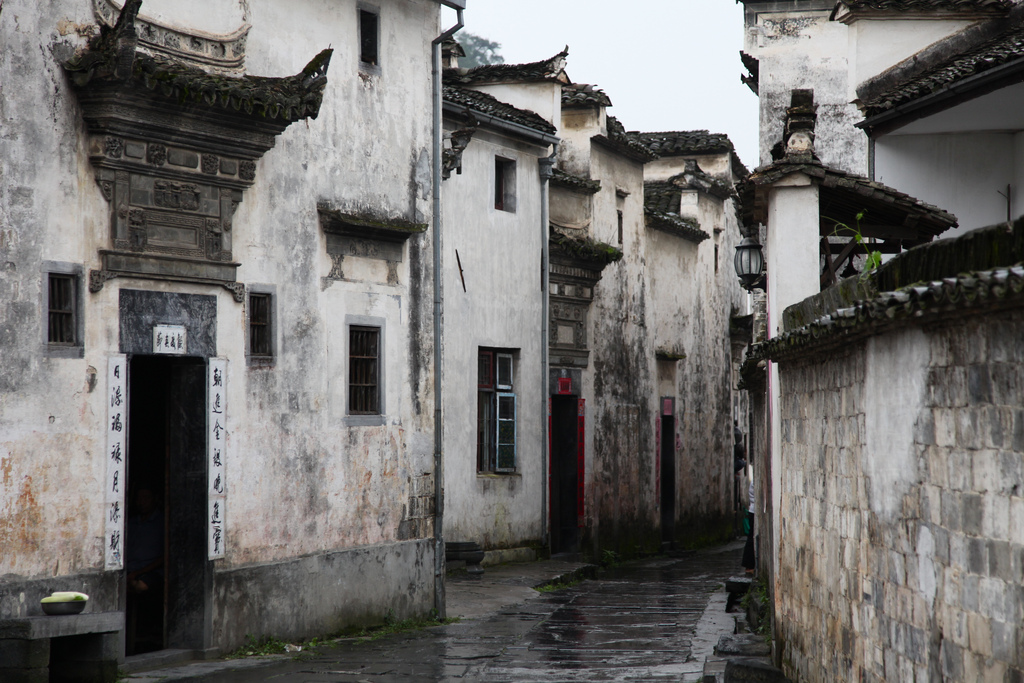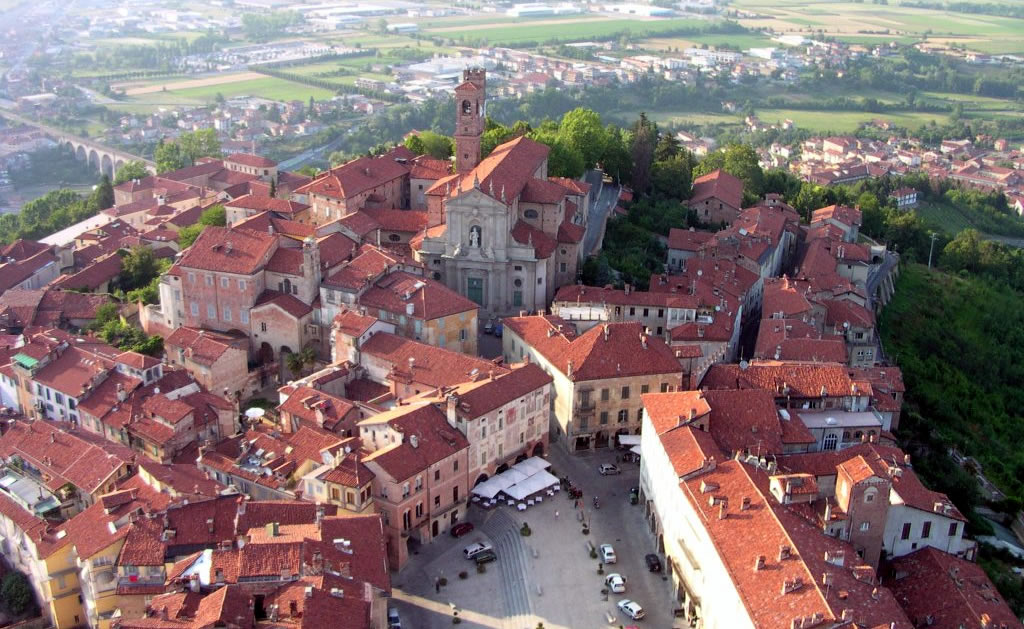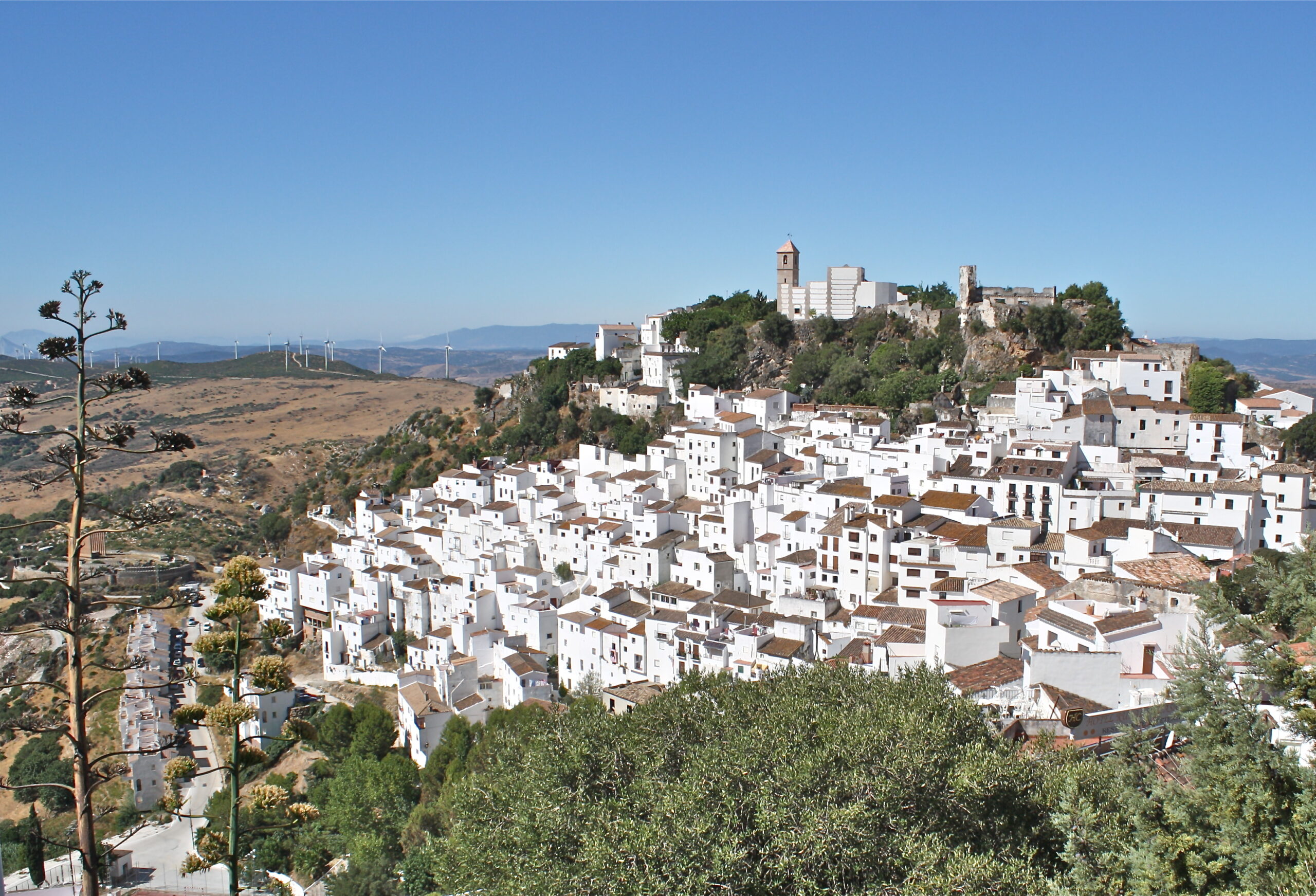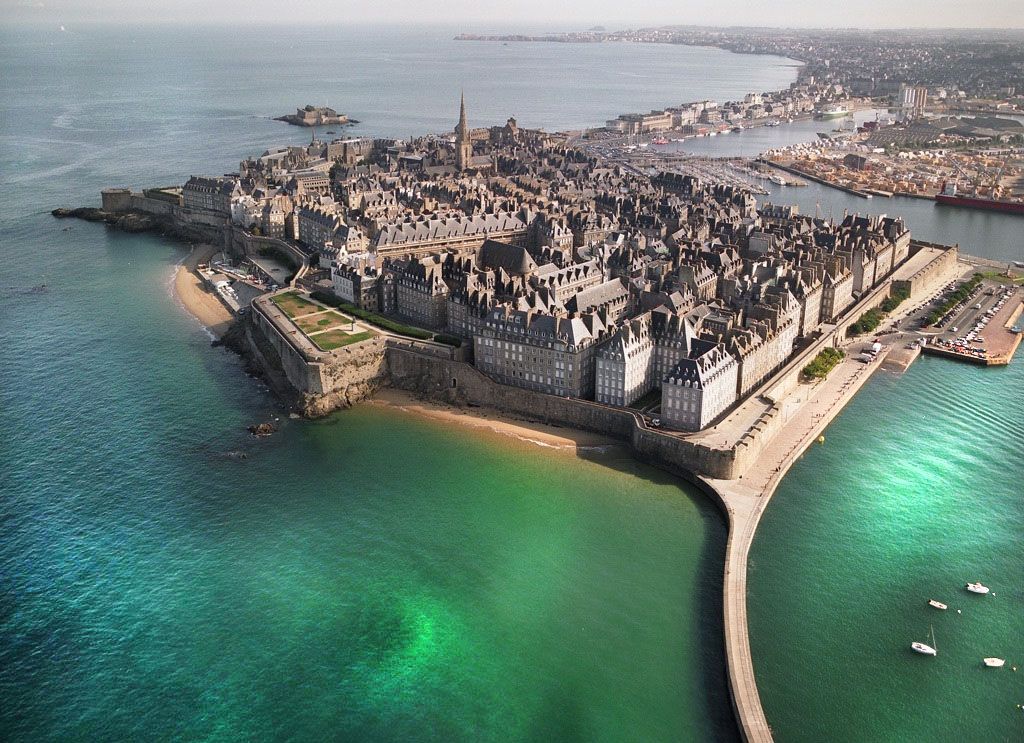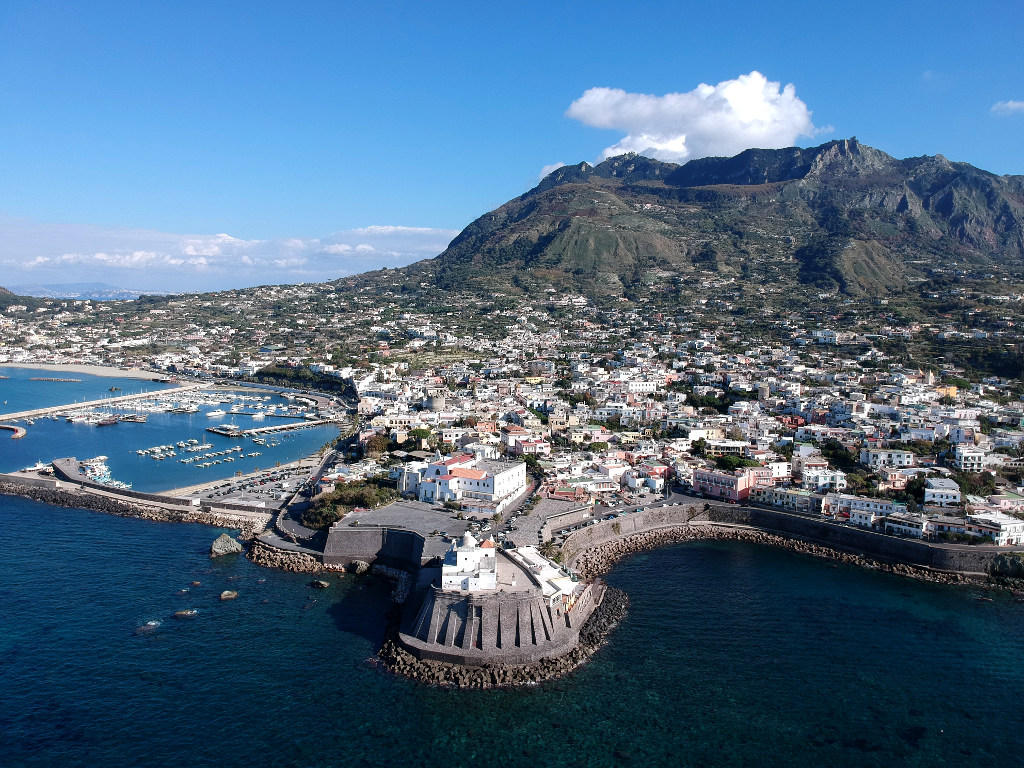Nestled in the soft hills of Pisa, Casciana rises like an unexpected masterpiece. A small village with green and serene contours, with sunny old houses. Casciana’s bicarbonate-sulfate-calcic waters flow at a temperature of 35.7C° and have therapeutic qualities against dysfunctions of the venous circulation, rheumatism and arthrosis, high cholesterol, rhinitis, pharyngitis, bronchitis and gynecological disorders.
Its history is closely linked to the therapeutic properties of the waters that flow there, giving rise to the spa. Casciana’s origins date back to Etruscan times as per recent archaeological findings in the Parlascio area.
The oldest written records, date back to the 9th century and attest to the existence of the parish church of Santa Maria ad Acquas, in a document from the bishop’s archives of Lucca. A bull of 1148 first highlighted the therapeutic virtues of Casciana’s thermal waters, particularly for skin diseases. In the 12th century Casciana (Aqui) was home to a castle with walls and towers, located in the nucleus of Petraia where a beautiful medieval tower, the Aquisana Tower, is still visible today.
Although many scholars claim that Casciana’s thermal waters were already known to the Romans, the construction today documented of the first spa was the work of Federico da Montefeltro, Lord of Pisa, in 1311. In 1460, after nearly two centuries, it was restored for the first time by the Magnificent Lords of Florence, and further improvements were made in 1596. With the Lorraines, between the 1700s and 1800s, the Grand Duchy’s attention to the Cascian Baths resumed, and in 1824, by order of Ferdinand III of Tuscany, a new renovation project was initiated. This led to 1870 and the new establishment designed by architect Giuseppe Poggi, famous for having built Piazzale Michelangelo in Florence.
